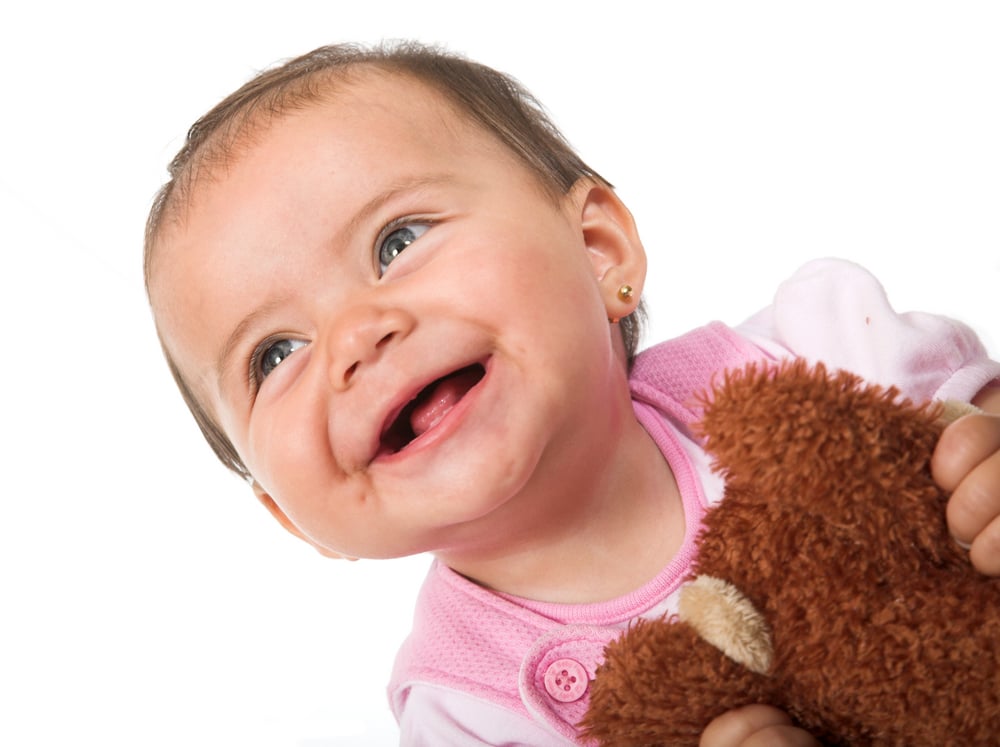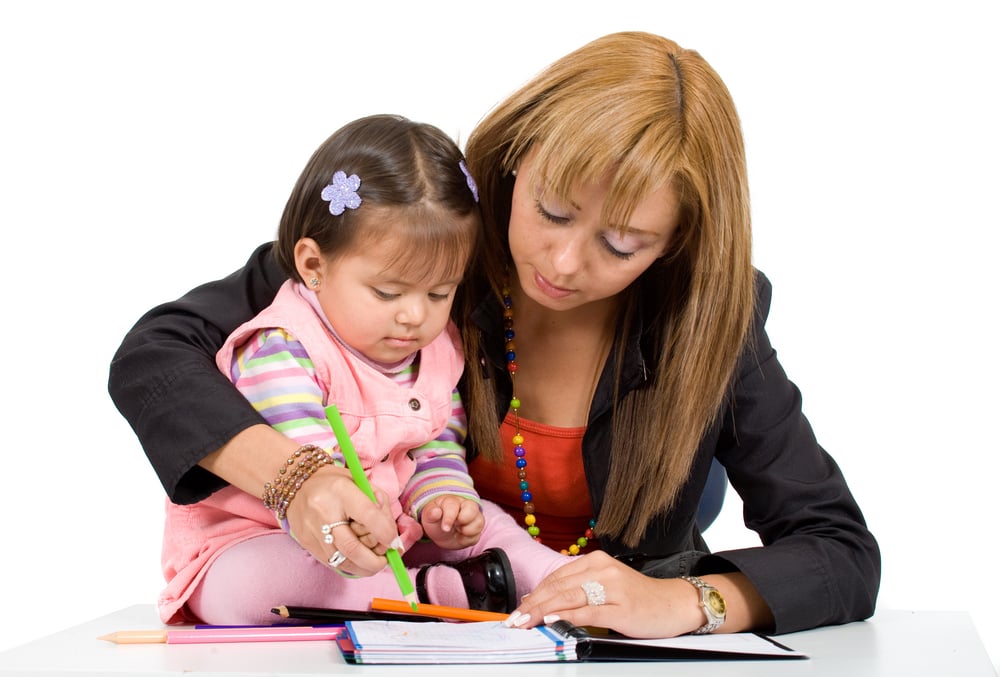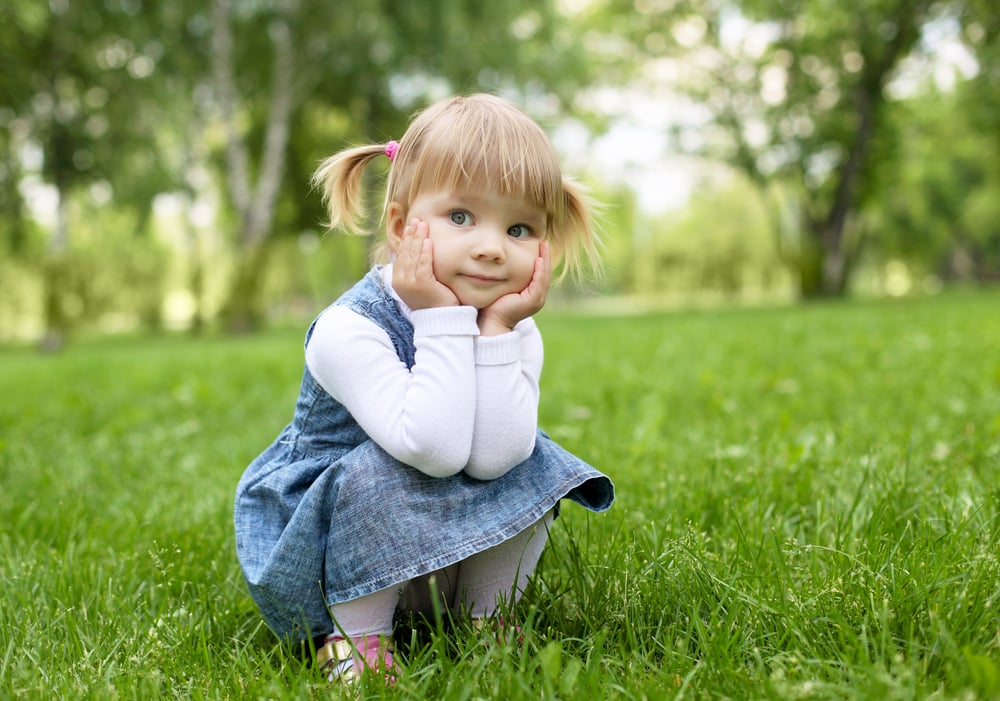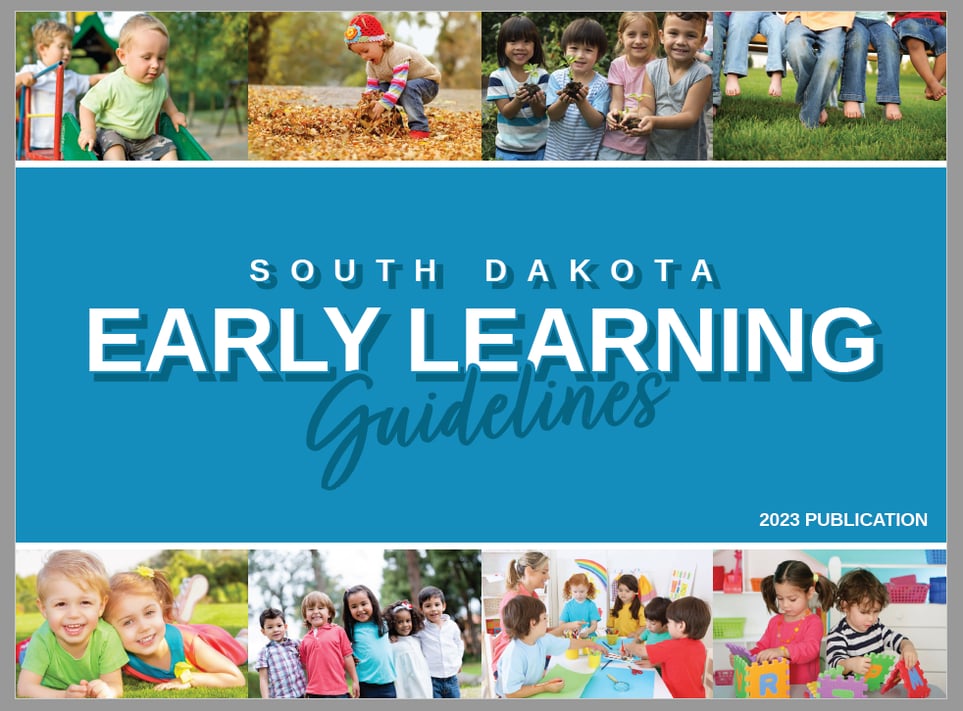Children are born with an inclination to learn. This is reflected in behaviors and attitudes such as curiosity, problem-solving, maintaining attention, and persistence.

Younger Toddlers (8-21 months)
Between the ages of 8 to 21 months, children continue to experience significant growth and development across various domains. Curiosity, exploration, and pretend play provide learning opportunities for children. Language skills continue to expand, and social interactions become more complex. Providing a safe and nurturing environment that supports growing independence and guides new experiences and challenges.
Developmental milestones are guidelines, and it's common for children to reach them at slightly different times. However, if you have concerns about your child's development, consult your pediatrician for discussion.

Social Development & Emotional Development

Communication, Language & Literacy
From birth, children are learning language and developing the ability to communicate. Talking, singing, reading, and responding effectively when children express themselves are great investments supporting learning.

Cognitive Development
This fascinating area of development includes understanding how children acquire, organize, and use information in increasingly complex ways. Through play, skills are developed as the foundation for exploring and understanding more sophisticated concepts.

Health & Physical Development
Physical growth, muscle development, nutrition, self-care, health and safety practices are included in this area. Safe and healthy practices support the ability to learn more effectively in all areas.
Activities for children 8 to 21 months.
Here are some engaging activities you can do with your child to help foster a nurturing and stimulating environment that promotes healthy development, strengthens the parent-child bond, and lays the foundation for lifelong learning and well-being. Activities are divided by the five Domains: Approaches to Learning, Social Development and Emotional Development, Communication, Language and Literacy, Cognitive Development, and Health & Physical Development.

